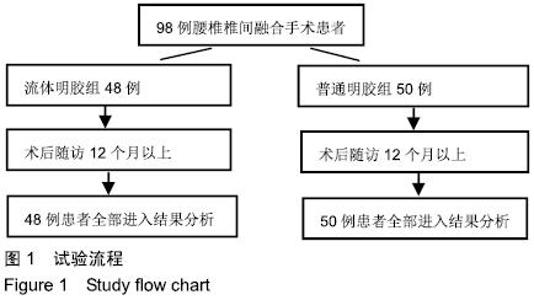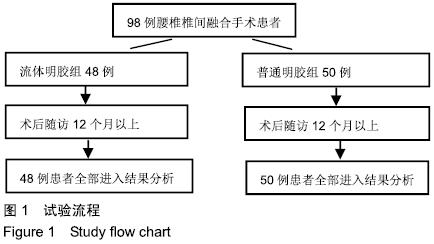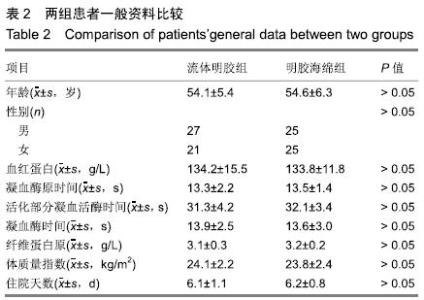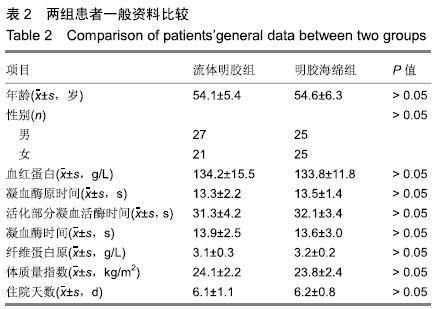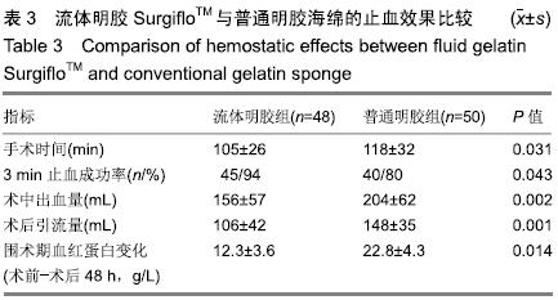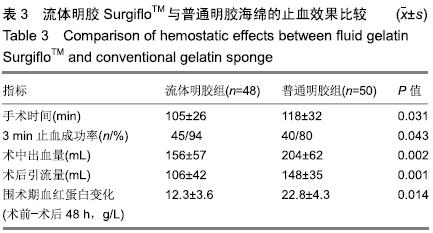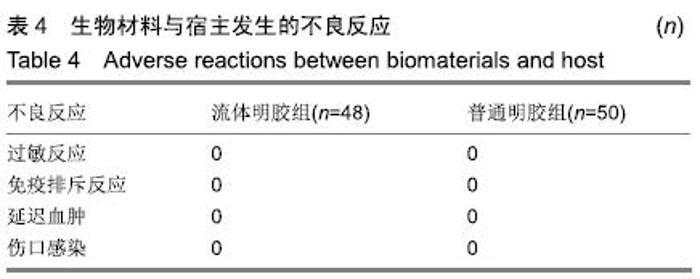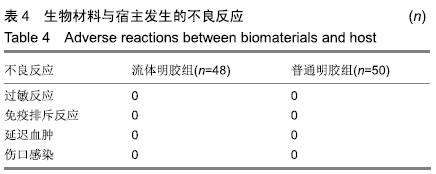[1] ASIL K, YALDIZ C.Retrospective Comparison of Radiological and Clinical Outcomes of PLIF and TLIF Techniques in Patients Who Underwent Lumbar Spinal Posterior Stabilization.Medicine (Baltimore).2016;95(17):e3235.
[2] LURIE J, TOMKINS-LANE C.Management of lumbar spinal stenosis. BMJ.2016;352:h6234.
[3] YAMAN O, OZDEMIR N, DAGLI AT, et al.A Comparison of Bilateral Decompression via Unilateral Approach and Classic Laminectomy in Patients with Lumbar Spinal Stenosis: A retrospective Clinical Study.Turk Neurosurg.2015;25(2):239-245.
[4] ANTONIADIS A, ULRICH NH, SCHMID S, et al.Decompression surgery for lumbar spinal canal stenosis in octogenarians; a single center experience of 121 consecutive patients.Br J Neurosurg. 2017;31(1):67-71.
[5] BALABAUD L, PITEL S, CAUX I, et al.Lumbar spine surgery in patients 80 years of age or older: morbidity and mortality.Eur J Orthop Surg Traumatol.2015;25 S1:S205-212.
[6] CLOYD JM, ACOSTA FL JR, AMES CP.Complications and outcomes of lumbar spine surgery in elderly people: a review of the literature.J Am Geriatr Soc.2008;56(7):1318-1327.
[7] ZOU H, LI Z, SHENG H, et al.Intraoperative blood loss, postoperative drainage, and recovery in patients undergoing lumbar spinal surgery.BMC Surg.2015;15:76.
[8] JANCZAK D, RUCIŃSKI A, RUCIŃSKA Z, et al.Modern topical hemostatic agents - a breakthrough in vascular surgery.Polim Med. 2013;43(4):221-225.
[9] LANDI A, GREGORI F, MAROTTA N, et al.Efficacy, Security, and Manageability of Gelified Hemostatic Matrix in Bleeding Control during Thoracic and Lumbar Spine Surgery: FloSeal versus Surgiflo.J Neurol Surg A Cent Eur Neurosurg.2016;77(2):139-143.
[10] MOBBS RJ, PHAN K, MALHAM G, et al.Lumbar interbody fusion: techniques, indications and comparison of interbody fusion options including PLIF, TLIF, MI-TLIF, OLIF/ATP, LLIF and ALIF. J Spine Surg.2015;1(1):2-18.
[11] NUTTALL GA, HORLOCKER TT, SANTRACH PJ, et al.Predictors of blood transfusions in spinal instrumentation and fusion surgery. Spine (Phila Pa 1976).2000;25(5):596-601.
[12] WILLNER D, SPENNATI V, STOHL S, et al.Spine Surgery and Blood Loss: Systematic Review of Clinical Evidence.Anesth Analg. 2016;123(5):1307-1315.
[13] MELANCIA JL, FRANCISCO AF, ANTUNES JL.Spinal stenosis. Handb Clin Neurol.2014;119:541-549.
[14] NOURI A,TETREAULT L, SINGH A, et al.Degenerative Cervical Myelopathy: Epidemiology, Genetics, and Pathogenesis. Spine (Phila Pa 1976).2015;40(12):E675-693.
[15] LAMARTINA C, CASERO G.Bleeding control in pedicle subtraction osteotomy.Eur Spine J. 2011;20(12):2284-2285.
[16] ZOU H, LI Z, SHENG H, et al.Intraoperative blood loss, postoperative drainage, and recovery in patients undergoing lumbar spinal surgery. BMC Surg.2015;15:76.
[17] WU J, JIN Y, ZHANG J, et al.Hemostatic techniques following multilevel posterior lumbar spine surgery: a randomized control trial. J Spinal Disord Tech.2014;27(8):442-446.
[18] XU D, REN Z, CHEN X, et al.A randomized controlled trial on effects of different hemostatic sponges in posterior spinal fusion surgeries. BMC Surg.2016;16(1):80.
[19] XU D, ZHUANG Q, LI Z, et al.A randomized controlled trial on the effects of collagen sponge and topical tranexamic acid in posterior spinal fusion surgeries.J Orthop Surg Res. 2017;12(1):166.
[20] BANNISTER M, AH-SEE K.Safety of the haemostatic agent Surgiflo® in excisions of the submandibular gland: our experience in 17 cases.Br J Oral Maxillofac Surg.2014;52(9):e134-135.
[21] DHANOTA H, PINKAS D, JOSSERAND D, et al.Use of a Topical Thrombin-Based Hemostatic Agent in Shoulder Arthroplasty.Am J Orthop (Belle Mead NJ).2015;44(8):E262-267.
[22] GAZZERI R, GALARZA M, CONTI C, et al.Incidence of thromboembolic events after use of gelatin-thrombin-based hemostatic matrix during intracranial tumor surgery.Neurosurg Rev. 2018;41(1):303-310.
[23] OBERMAIR H, JANDA M, OBERMAIR A.Real-world surgical outcomes of a gelatin-hemostatic matrix in women requiring a hysterectomy: a matched case-control study.Acta Obstet Gynecol Scand. 2016;95(9):1008-1014.
[24] WOODWORTH BA, CHANDRA RK, LEBENGER JD, et al.A gelatin-thrombin matrix for hemostasis after endoscopic sinus surgery.Am J Otolaryngol.2009;30(1):49-53.
[25] LANDI A, GREGORI F, MAROTTA N, et al.Efficacy, Security, and Manageability of Gelified Hemostatic Matrix in Bleeding Control during Thoracic and Lumbar Spine Surgery: FloSeal versus Surgiflo.J Neurol Surg A Cent Eur Neurosurg.2016;77(2):139-143.
[26] PRICE JS, TACKETT S, PATEL V.Observational evaluation of outcomes and resource utilization from hemostatic matrices in spine surgery.J Med Econ.2015;18(10):777-786.
[27] SOFFIN EM, VAISHNAV AS, WETMORE D, et al.Design and Implementation of an Enhanced Recovery After Surgery (ERAS) Program for Minimally Invasive Lumbar Decompression Spine Surgery: Initial Experience.Spine (Phila Pa 1976). 2018;44(9): E561-E570.doi: 10.1097/BRS.0000000000002905.
[28] WAINWRIGHT TW, IMMINS T, MIDDLETON RG. Enhanced recovery after surgery (ERAS) and its applicability for major spine surgery. Best Pract Res Clin Anaesthesiol. 2016;30(1):91-102.
[29] LUHMANN SJ, SUCATO DJ, BACHARIER L, et al.Intraoperative anaphylaxis secondary to intraosseous gelatin administration.J Pediatr Orthop.2013;33(5):e58-60.
|
